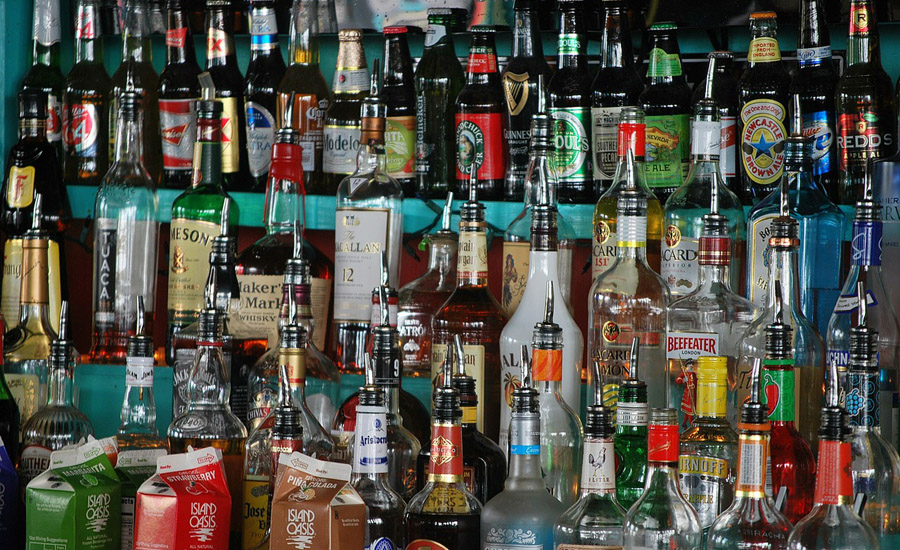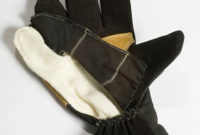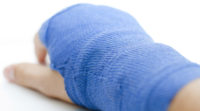Bartenders risk hand injuries, too

Squeezing limes for fresh juice may improve the taste of any summer cocktail, but for bartender Justin Fehntrich, it only left him with severe and blistered hands. On a hot summer day this past June, Fehntrich was bartending at a fundraiser on Fire Island, which required that he prep drinks by cutting up and squeezing 100 limes into pitchers for the guests’ cocktails directly under the sun. When a few days later his hand was red, swollen, and covered in bubbly, yellow, fluid-filled blisters, Fehntrich checked into a burn unit.
There, he found out that he was suffering from phytophotodermatitis, otherwise known as “margarita burn.” It occurs when the juice and oil from limes, which contain chemicals called photosensitizers, are exposed to human skin. These photosensitizers make the skin hypersensitive to sunlight, which Fehntrich got in no short supply while working in the outdoor bar of the fundraiser.
The burns are treated in a routine fashion and rarely have long-term effects. Early treatment and detection is key, but prevention by wearing gloves when working with photosensitizing fruits is the ultimate protection.
But burns aren’t the only health hazards bartenders need to worry about when mixing drinks. Run-of-the-mill injuries from broken glasses and accidents with cutting knives can occur and the quicker they're dealt with, the better.
Other lesser-known hazards are those from repetitive motions, known as repetitive stress injuries, such as tennis elbow or wrist stress, bursitis, carpal tunnel syndrome, and tendonitis. There are over 25 bones in the human hand that respectively connect to nerves, muscles, and tendons in order for people to perform routine, daily movements. This includes stirring a drink and pulling on the beer tap.
For relief, try switching hands when shaking up a mixer and pay special attention to not putting so much weight and strain on your wrists. Lifting kegs or ice is an opportunity to hurt your back or knees, so it’s important to lift with your legs. Experts recommend investing in a back brace or a compression sleeve in order to help the body perform the physical demands of the job.
And if all else fails, visit an occupational therapist who can teach you exercise and stretching techniques to prevent further damage and put you on the road to recovery to get you back behind the bar again.
Source: www.medicaldaily.com
Looking for a reprint of this article?
From high-res PDFs to custom plaques, order your copy today!







